

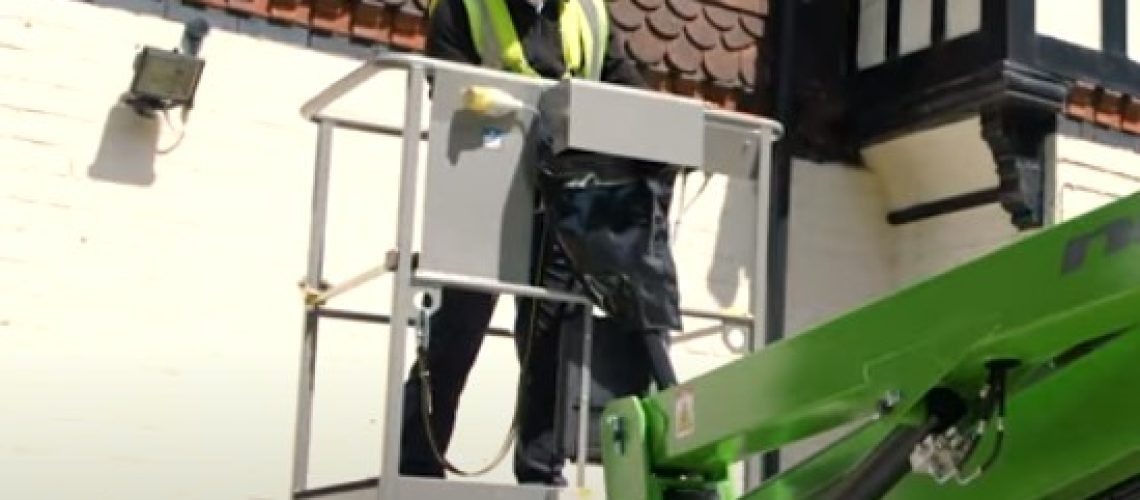
You may think little about the gutters and downspouts on historical buildings, but these useful features are essential to our architectural heritage. Cast iron gutters and pipes were standard on buildings constructed in the 19th and early 20th centuries, and many fine examples still exist today. However, exposure to the elements means these architectural details are prone to rust and deterioration over time. If left unaddressed, water damage can spread, and historical information can be lost. The key to preserving cast iron architectural elements is to identify and assess their condition through on-site surveys conducted by experts. By spotting issues early and implementing appropriate conservation efforts, we can ensure these functional yet beautiful parts of history endure for generations. The next time you pass by a historic building, take a moment to appreciate its cast iron details’ craftsmanship and the efforts required to keep them part of our cultural landscape.
These functional yet decorative features were integral to architecture in the 18th and 19th centuries. Their craftsmanship and detailing provide clues about the era in which the building was constructed. Some cast iron pipes even bear the name of their foundry.
If your building has original cast iron features, it should be preserved and maintained as part of its history and character. An on-site survey by a specialist can determine the best way to repair or replace damaged sections while retaining as much of the original material as possible. With the proper care and restoration, these artefacts can continue serving your building for decades or centuries.
Cast iron may be outdated, but it’s a vital part of their story on period properties. Protecting these architectural elements helps preserve history and maintains the integrity of the building. That’s something worth safeguarding for future generations.
You can’t correctly preserve historic cast ironwork without seeing it in person. On-site surveys allow preservationists to thoroughly analyse gutters, downspouts, and plumbing to determine the best course of action for restoration or replacement.
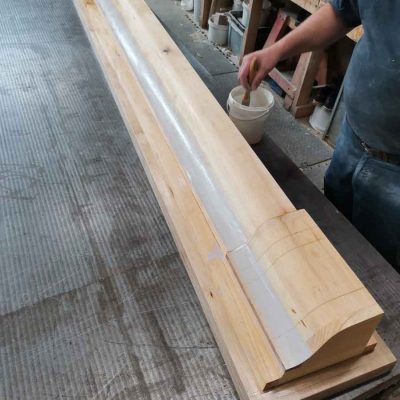
After a thorough on-site analysis, preservationists determine whether the original cast iron elements should be repaired or replaced. Repairing and reusing originals is ideal, but replacement may be necessary if they are severely damaged or deteriorated. Either way, on-site surveys are essential to making well-informed decisions that protect our architectural heritage. The details matter, so there is no substitute for preservationists’ eyes and expertise on location.
(Bespoke Cast Iron Gutter Patterns)
When surveying cast iron gutters and pipes on historic buildings, our experts look for several key factors to assess the condition correctly and needed repairs or restoration.
Cast iron, while durable, can rust or become damaged over time with exposure to elements. We check for signs of rust, pits, cracks or holes in the metal. Surface rust can often be treated, but deep corrosion may require the replacement of sections. Any damage from impacts must also be addressed to prevent leaks or collapse.
Cast iron gutters and pipes rely on proper sloping to drain water. We use levels and measuring tools to ensure gutters fall toward downspouts at an ideal rate of 1 inch every 10 feet. Downspouts should extend at least 6 inches from the building foundation to divert water away. Clogs, dips or low spots can prevent proper drainage and need correction.
Cast iron sections are heavy, so secure mounting to the building is essential. We inspect brackets, straps, bolts and other mounts for signs of damage, corrosion or weakness. Loose or unsecured sections must be re-mounted or reinforced to avoid sagging, leaks or separation from the building.
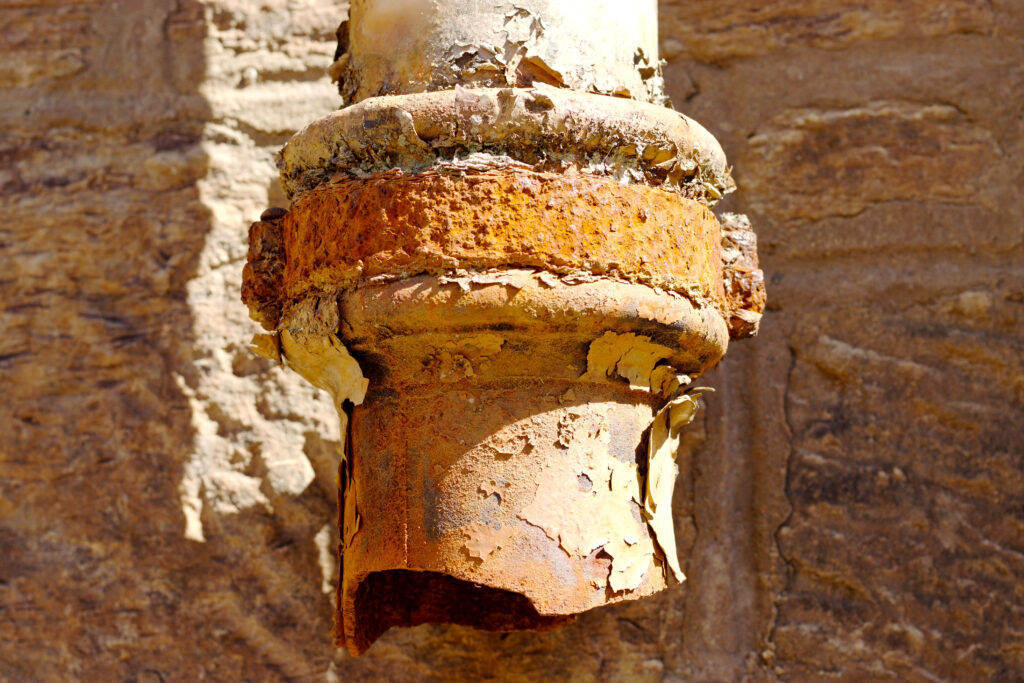
For period buildings, matching the style and profiles of existing cast ironwork is essential for historical accuracy. We document the existing gutters and pipes’ specific profiles, dimensions, and decorative details. This ensures that any replacement sections, should they be needed, will match and maintain the character of the building.
Preserving original architectural features like cast iron gutters and pipes protects the history and integrity of period and listed buildings. Careful on-site surveys by specialists help identify issues early and guide accurate repairs and restoration to extend the life of these heritage building elements. Proper maintenance and repair of historic cast iron also add value by enhancing the building’s overall appearance and structural soundness.
Caring for cast iron elements like gutters and pipes during restoration requires patience and the proper techniques. As with any historic building material, cast iron needs special attention to maintain its character and ensure many more years of service.
The first step is cleaning the cast iron gently to remove built-up grime and debris. Use a soft brush and mild detergent, avoiding harsh chemicals that could damage the patina or finish. Rinse thoroughly with water to remove all remaining dirt and soap residue. You may need to scrub harder for stuck-on debris, but be careful not to scratch the surface.
Surface rust can often be removed with fine-grit sandpaper (around 400 grit), steel wool, or commercial rust removers according to the directions. Scrub off loose rust with the abrasive method of your choice, then rinse and wipe clean with a tack cloth to remove any remaining dust before priming or painting. For heavier rust, you may need to use a chemical rust converter to stabilise it before scrubbing it off.
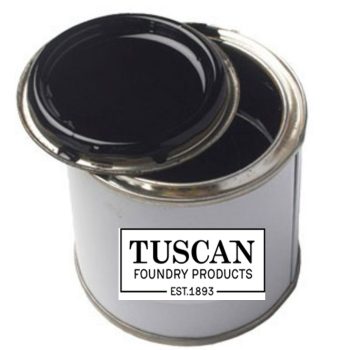
Once cleaned and de-rusted, prime any bare metal areas and apply two coats of paint, waiting for each coat to dry as directed. An oil-based enamel, alkyd, or epoxy paint works well for cast iron. Match the colour as closely as possible to the original tone for the most authentic look. The key is providing complete coverage to protect the cast iron from future moisture and corrosion.
As an extra protective measure, apply a clear sealant, such as acrylic or polyurethane, over the final coat of paint. The sealant helps shield the paint from weathering and abrasion, especially for high-traffic or exposed areas like gutters and downspouts. Reapply the sealant every few years to maintain protection.
With the proper cleaning, priming, and painting, your historic cast iron elements will remain intact and continue functioning for years. Inspect regularly to catch minor issues early before they become more significant problems. Your diligent care and preservation of these architectural details will keep history alive.
Partnering with experts specialising in cast iron preservation is critical to ensuring the historical accuracy and longevity of your building gutters and pipes. Cast iron specialists have years of experience surveying, repairing, and restoring ornamental cast iron elements on period properties. They know what to look for and how to handle delicate repairs while maintaining the integrity of the original craftsmanship.
Experts will conduct a thorough on-site survey to assess the current condition of your building’s cast iron gutters, downpipes, and hopper heads. They will inspect for signs of:
The survey report will determine what restoration or replacement work needs to be done to rectify any issues and ensure the cast iron elements are structurally sound and watertight. Photos and diagrams may be included to show problem areas clearly..
Bespoke cast iron sections can be custom-made to match your building’s unique architectural style. Tuscan Foundry can recreate ornate patterns, embossing and decorative details to blend seamlessly with the existing installation. Using traditional techniques like metal stitching, welding, and epoxy fillers to patch holes or cracks nearly invisibly for minor repairs.
Long-term maintenance
Experts can also guide protective treatments and ongoing maintenance to maximise the lifespan of cast iron gutters and pipes. Property owners can take small steps like annual inspections, rust-proofing treatments, and clearing debris and blockages to help preserve these historic features for generations.
Partnering with cast iron conservation specialists helps ensure your building’s character and history are not lost. Their expertise and custom solutions can restore damaged elements to their former glory and provide a plan for keeping them in good shape well into the future.
Getting an on-site quotation for cast iron gutters and pipes on period and listed buildings is critical to adequately assessing the work required and costs.
Before providing an estimate, we will conduct a thorough on-site inspection. We are examining the current condition of your building’s cast iron gutters and downpipes, checking for signs of damage, deterioration, leaks, or blockages. We will also evaluate how well the system functions and meets current regulations.
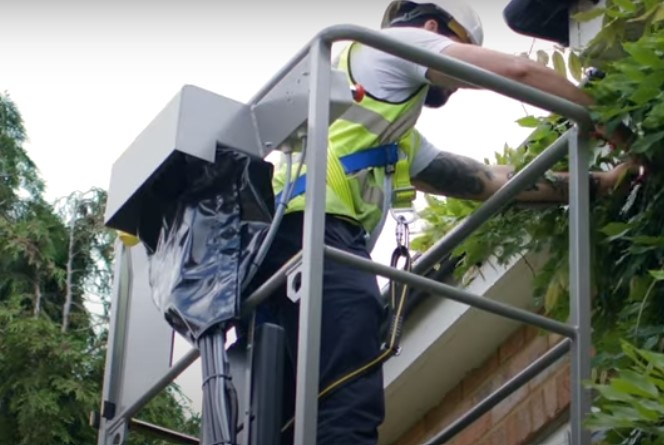
Period buildings often require customised solutions to preserve their historic character. On-site inspections allow contractors to take precise measurements and details of your building to ensure new cast ironwork will match perfectly. We can also assess the structural integrity of the building to determine what types of attachments, additional brackets or supports may be needed.
An on-site visit is ideal for discussing options and determining the best solution for your needs and budget. We can walk you through different profile and size requirements and installation techniques so that you can make an informed decision. You also have a chance to ask questions about timelines, consents, access issues and anything else concerning the project.
In summary, on-site surveys and inspections are invaluable when planning cast iron gutter and pipe work on historic buildings. It is an investment that can save you money and headaches and help ensure the preservation of your building for years to come.
So now you know why on-site surveys are critical for cast iron gutters and pipes. These architectural elements are vital to our cultural heritage, and preserving them protects our history. If you own or manage a period property, schedule regular inspections of these systems. Look for signs of rust, leaks or damage and repair or replace as needed using historically accurate materials. It may cost a bit more upfront, but it will save money in the long run and allow future generations to experience these beautiful buildings as they were meant to be. Our history depends on small actions like these, so do your part and help save the past for the future.
Tuscan Foundry, a specialist in heritage building conservation, offers a unique site surveying service tailored to the specific needs of maintaining and restoring cast iron gutters and pipes in historic buildings. Their approach integrates traditional expertise with modern technology, notably through aerial platforms. This innovative method allows for comprehensive and detailed surveys of hard-to-reach areas, such as high-level guttering and pipework, without the risks and limitations of traditional scaffolding.
Advanced Aerial Surveys: Tuscan Foundry employs aerial platforms to conduct thorough inspections and assessments from a safe distance, minimizing physical contact with the structure.
Accurate Quotations and Assessments: This technique enables them to provide more accurate quotations and detailed reports, ensuring that restoration or maintenance work is precise and cost-effective.
Minimising Risk and Disruption: The aerial approach reduces the risk to surveyors and lessens the impact on the building, preserving its integrity while providing essential survey data.
Enhanced Documentation: High vantage points offered by aerial platforms allow for better photographic documentation, which is crucial for planning and executing restoration projects.
Tuscan Foundry’s use of aerial platforms exemplifies the innovative integration of new technologies in heritage conservation, ensuring that these historical structures are maintained with the utmost care and expertise.